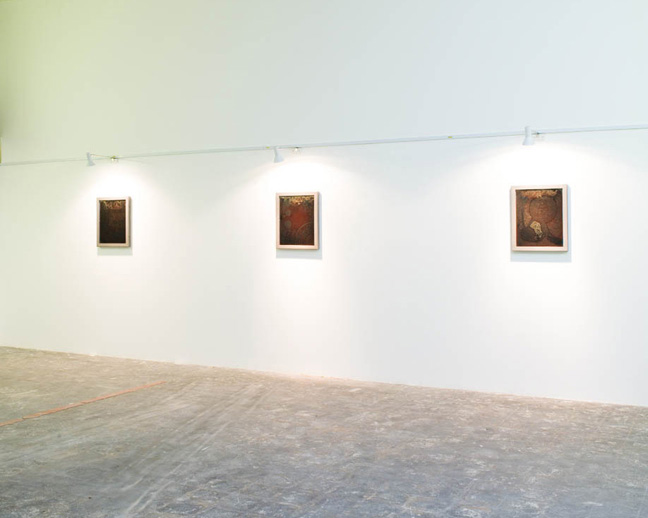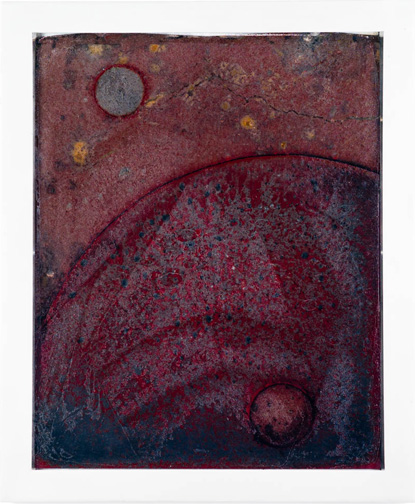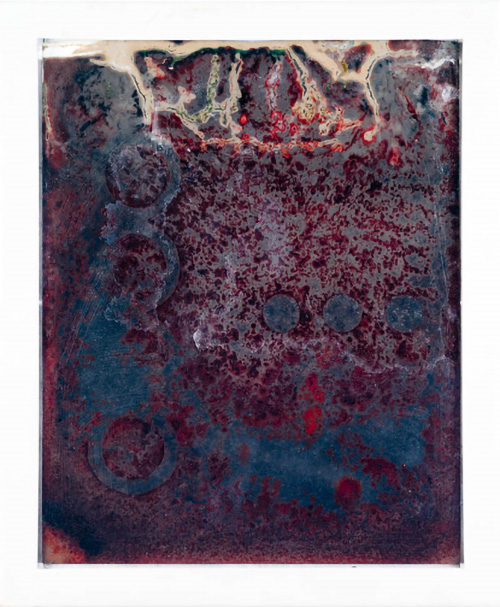
Specimen of Secrecy About Marvelous Discoveries by EDUARDO KAC
"Specimen of Secrecy about Marvelous Discoveries" is a series of works comprised of what Kac calls "biotopes", that is, living pieces that change during the exhibition in response to internal metabolism and environmental conditions. Each of Kac's biotopes is literally a self-sustaining ecology comprised of thousands of very small living beings in a medium of earth, water, and other materials. The artist orchestrates the metabolism of these organisms in order to produce his constantly-evolving living works.
The biotopes are a discrete ecology because within their world the microorganisms interact with and support each other (that is, the activities of one organism enable another to grow, and vice-versa). However, they are not entirely secluded from the outside world : the aerobic organisms within the biotope absorb oxygen from outside (while the anaerobic ones comfortably migrate to regions where air cannot reach). A complex set of relationships emerge as the work unfolds, bringing together the internal dialogical interactions among the microorganisms in the biotope and the interaction of the biotope as a discrete unit with the external world. The biotope is affected by several factors, including the very presence of viewers, which can increase the temperature in the room (warm bodies) and release other microorganisms in the air (breathing, sneezing).
The biotope is what Kac calls a "nomad ecology", that is, an ecological system that interacts with its surroundings as it travels around the world. Every time a biotope migrates from one location to another, the very act of transporting it causes an unpredictable redistribution of the microorganisms inside it (due to the constant physical agitation inherent in the course of a trip). Once in place, the biotope self-regulates with internal migrations, metabolic exchanges, and material settling.
Each of Kac’s “biotopes” has a cycle, which starts when the artist produces the self-contained world by integrating microorganisms and nutrient-rich media. In the next step, Kac controls the amount of energy the microorganisms receive in order to keep some of them active and others in suspended animation. This results in what the viewer may momentarily perceive as a still image. However, even if the image seems "still" the work is constantly evolving and is never physically the same. Only time lapse video can reveal the transformation undergone by a given biotope in the course of its slow change and evolution. Once an exhibition begins, in the third phase of the cycle the artist allows the microorganisms in suspended animation to become active again. The work becomes progressively different, changing every day, every week, every month. This process continuously transforms the image and may, depending of factors such as lighting conditions and exhibition length, result in its effacement — until the cycle begins again.
To find out more about Kac and his projects, click here.



